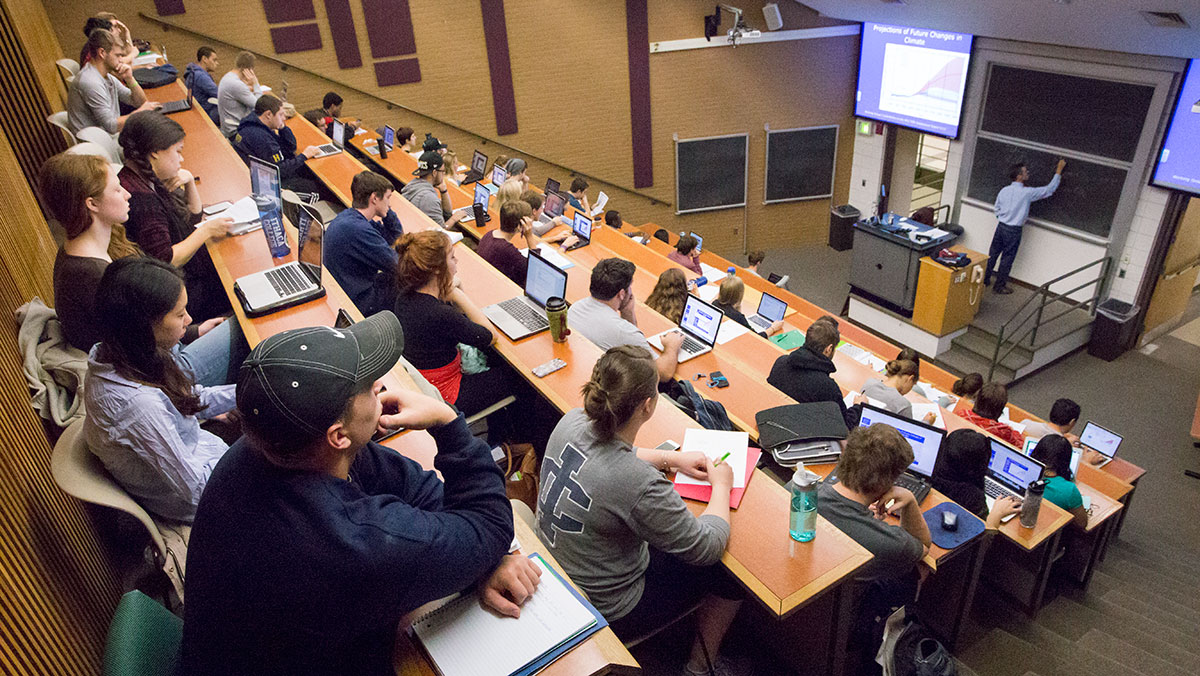Learning styles are evolving to meet the increased demands of adult students.
As time becomes increasingly important for the professional adult learner who engages in continuing education in the midst of augmented work demands, innovative approaches to learning must be implemented to easily allow adult learners to keep up with emerging trends. Learning can generally be classified into three types: formal, informal, and social. While informal and social learning may sound most appealing and appropriate to the architectural profession, formal learning is still very relevant. By definition, formal learning is a structured, top-down approach to education in which a learning specialist identifies goals, objectives, and methods that will be considered and demonstrated throughout a defined period of course instruction. Formal learning engages the adult students in a definitive and informative approach, which encourages adult learners to acknowledge the specific content or material being addressed. Yet, while formal learning is generally a concrete and straightforward method of education, the delivery of information can somewhat vary.
Clive Shepherd, a contributor at Onlignment, breaks formal learning down into four categories based on the findings of Ruth Clark and Merlin Wittrock in Psychological Principles of Training. The success of each type of formal learning can depend on any number of variables relative to environment or learner preferences. The categories that include exposition, structured instruction, guided discovery, and exploration, can be done independently but are most often integrated to reach a wider range of student learning styles and interests.
Although formal education is the most fundamental type of learning, it can feel obsolete in today’s forward-looking and media-driven workplace. As companies and organizations strive to inspire employees to participate in ongoing education, informal and social methods of learning may be much more attractive. Because formal learning is naturally structured, it can have many advantages leading to higher achievement of adult learners not found in informal and social learning. Employers are able to track the progress of employee education and monitor who has had what training. A planned curriculum laid out ahead of time gives employees confidence that content is appropriately covered during a course. In addition, when employees attend training by professional specialists, they have access to higher quality materials and resources. Formal learning successfully provides a basic framework by which other types of learning, non-formal, informal, or social learning can be integrated to enhance learned concepts through hands on application or social interaction and discourse.
When weighing the advantages, formal learning may certainly be an answer for time-pressed employees who need reliable education programs with applicable content. Formal learning can standardize a base knowledge for each employee within a company and education programs can later be individualized to specific learning styles for employees. Structured education programs can certify that professionals have the qualifications they need to build on existing knowledge, perform advanced job functions, or master innovative technologies.
